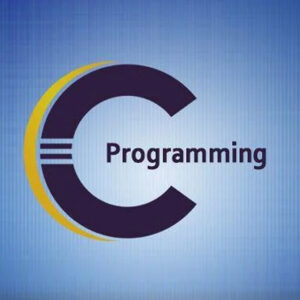
Overview
C is a foundational, high-level programming language known for its efficiency and performance. It is widely used for developing operating systems, embedded systems, and system-level applications. C provides low-level memory access, making it ideal for hardware-oriented programming. Its simplicity and portability have made it a popular choice for beginners and professionals alike.
Study Mode:
Duration:
Curriculum For:
Batch Seats:
Learning outcomes
- Understand the basic syntax, structure, and data types of the C language.
- Develop problem-solving skills using C programming concepts.
- Write efficient programs using control structures like loops and conditionals.
- Implement functions and modular programming techniques in C.
- Manage memory effectively using pointers and dynamic memory allocation.
- Apply file handling operations to read and write data in C programs.
Career information
C programming provides a strong foundation for careers in software development, embedded systems, and system programming. It is essential for building operating systems, compilers, and low-level applications. C skills are highly valued in industries like telecom, IoT, robotics, and hardware design. Mastery of C also supports career growth in software engineering and technical problem-solving roles.
Career Path
- Embedded Systems Developer
- System Software Engineer
- Firmware Engineer
- IoT Developer
- Application Developer
Program SYLLABUS
C Course
| Unit 1: Introduction to C Programming |
|---|
|
|
|
|
|
|
|
| Unit 2: C Core Concepts |
|---|
|
|
|
|
|
|
|
|
|
|
|
| Unit 3: Control Flow in C |
|---|
|
|
|
|
|
|
|
|
| Unit 4: Functions in C |
|---|
|
|
|
|
|
|
| Unit 5: Arrays in C |
|---|
|
|
|
| Unit 6: Strings in C |
|---|
|
|
|
| Unit 7: Pointers in C (Intro Level) |
|---|
|
|
|
|
| Unit 8: File Handling in C |
|---|
|
|
|
|
|
| Unit 9: Error Handling in C (Basic) |
|---|
|
|
|
| Unit 10: Structures and Unions |
|---|
|
|
|
|
|
| Unit 11: Advanced Pointers (Hero Level) |
|---|
|
|
|
|
|
